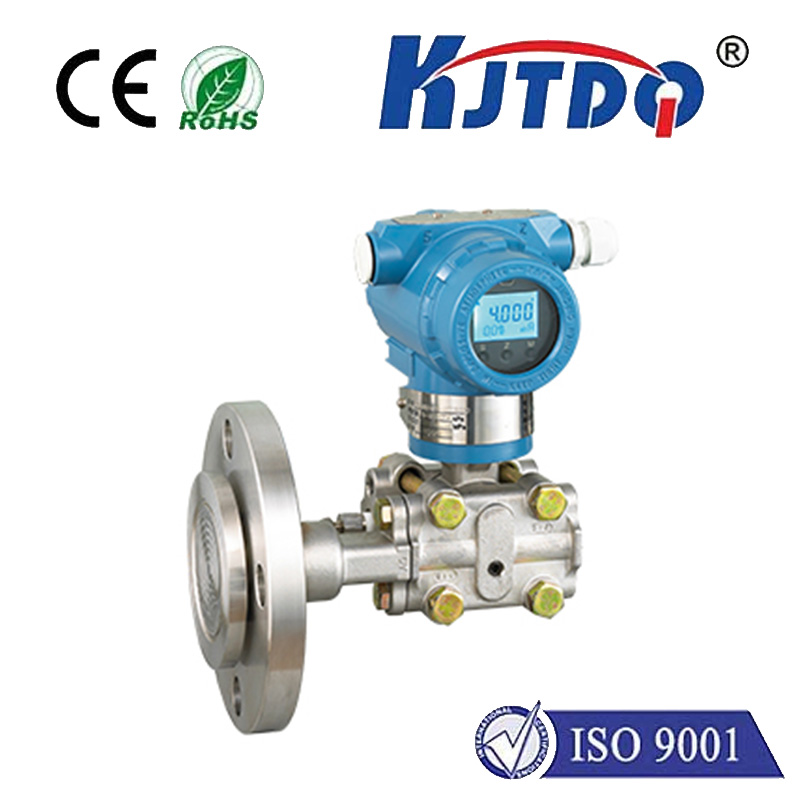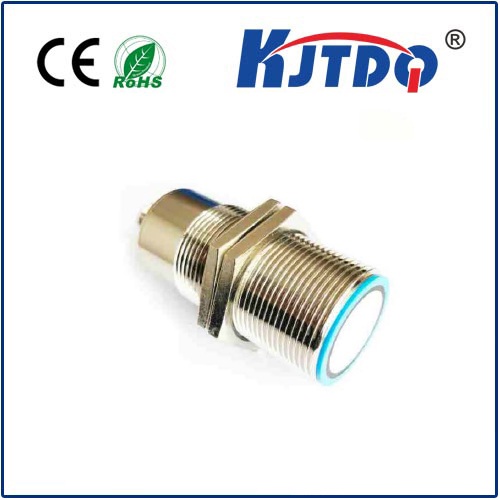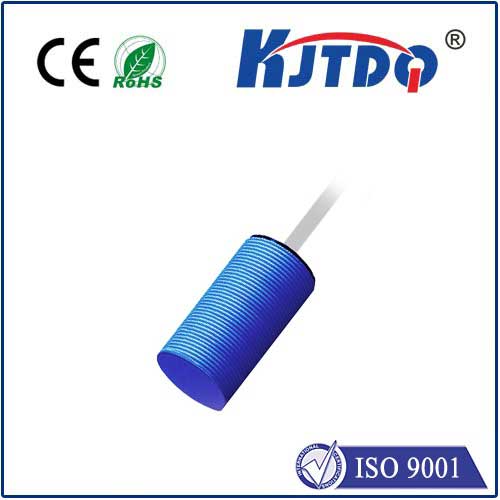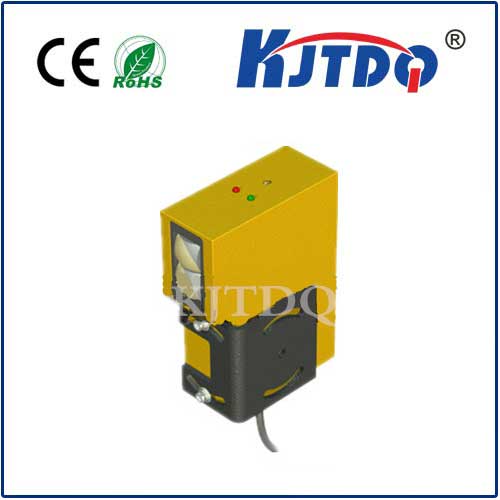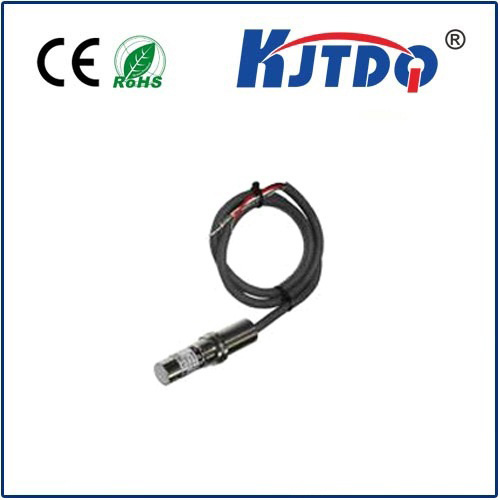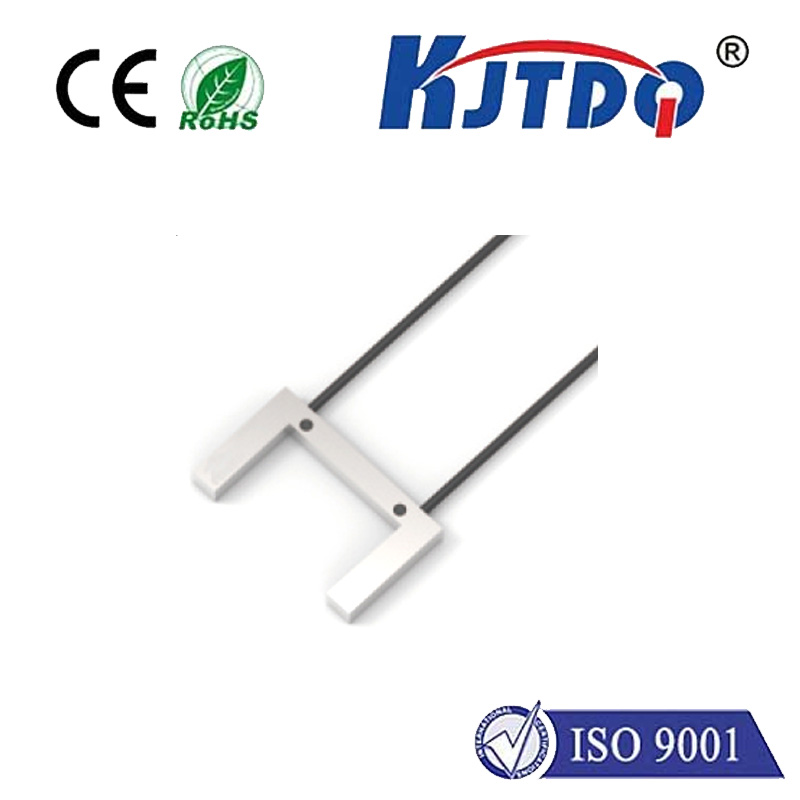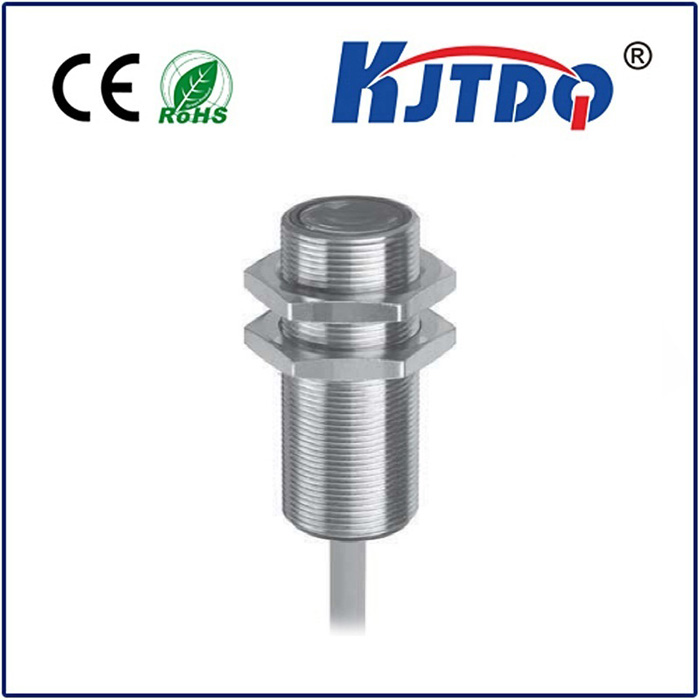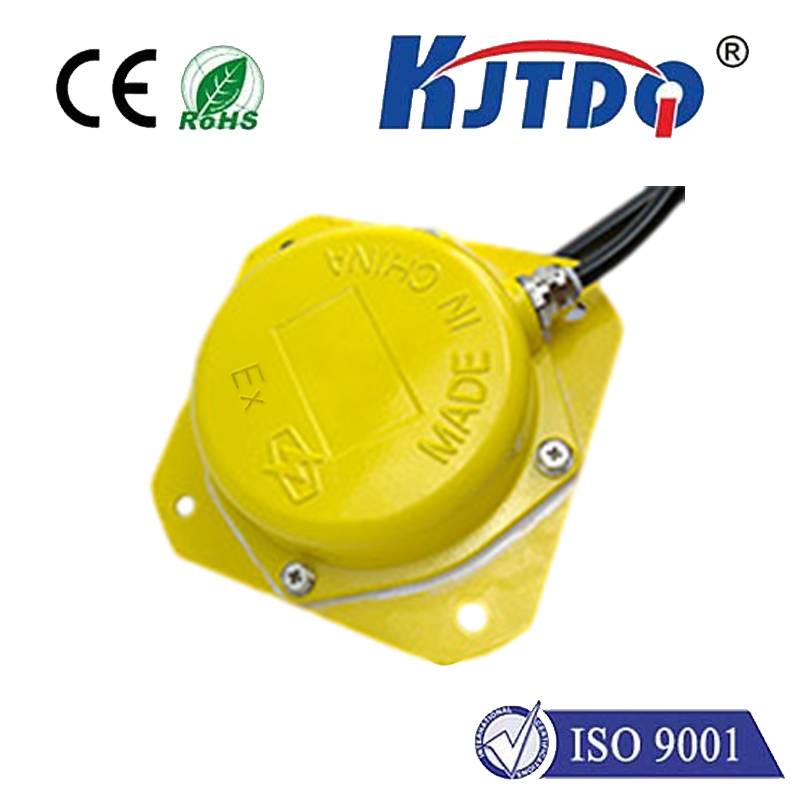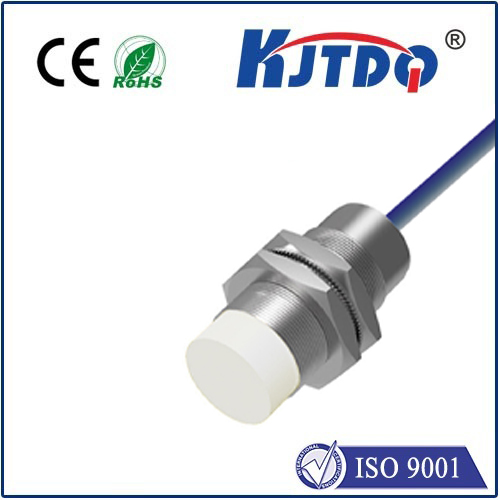BES001J high pressure proximity sensor
- time:2025-09-29 20:54:17
- Click:0
BES001J High Pressure Proximity Sensor: Precision Detection in Demanding Environments
Imagine operating a critical hydraulic press in a steel mill. Unexpected machine movement or component failure under immense pressure isn’t just inconvenient; it’s dangerous and costly. Traditional sensors falter here, crushed by the sheer force or blinded by environmental extremes. What’s needed is a sentinel designed specifically for these punishing zones – a guardian that thrives where others fail. This is the essential mission of specialized industrial sensors like the BES001J high pressure proximity sensor.
Operating reliably within demanding, high-pressure environments presents unique hurdles. Standard proximity sensors, while excellent for many tasks, often lack the robust construction and specialized design necessary to withstand the crushing forces, extreme temperatures, contaminants, and potential vibrations found in hydraulic systems, oil and gas applications, heavy machinery, and high-pressure processing lines. The BES001J high pressure proximity sensor emerges as a solution engineered precisely to conquer these demanding industrial landscapes, offering unparalleled durability and dependable detection where it matters most.
Unpacking the Technology: How the BES001J Operates Under Pressure
At its core, the BES001J utilizes inductive sensing technology. This non-contact method detects the presence of metallic targets (like pistons, rods, or valve stems) by generating an electromagnetic field. When a metallic target enters this field, eddy currents are induced within the target, which in turn cause a measurable change in the sensor’s own oscillation amplitude. This detected change triggers the sensor’s output switching signal, reliably confirming the target’s position.

What truly distinguishes the BES001J as a high pressure proximity sensor is its extraordinary build quality and design focus:
- Engineered Pressure Resistance: The sensor housing is constructed from exceptionally robust materials like high-grade stainless steel alloys. Its structural integrity and sealing mechanisms are meticulously designed to withstand internal fluid pressures that would compromise or destroy standard sensors – potentially reaching ranges like 5000 psi or even significantly higher, depending on specific model variants and certifications.
- Hermetic Sealing: Achieving this pressure rating demands flawless sealing. The BES001J employs specialized sealing techniques and materials—often involving advanced welding methods or ultra-reliable O-rings—to ensure a completely hermetic barrier. This prevents pressurized media (oil, water, coolant, gas) from penetrating the sensitive internal electronics.
- Environmental Fortitude: Beyond pressure, these sensors are built to endure:
- Extreme Temperatures: Functioning reliably across a broad operational window, such as -40°C to +120°C, accommodating freezing outdoor installations and hot hydraulic oil environments.
- Vibration and Shock Resilience: Robust designs ensure stable operation amidst the constant vibration of heavy machinery and potential impacts.
- Chemical Resistance: Housing materials withstand exposure to oils, fuels, coolants, and cleaning agents commonly found in industrial settings.
- Contaminant Immunity: Sealed enclosures keep out dust, dirt, chips, moisture, and other particulates.
The Tangible Advantages: Why Choose a BES001J Sensor?
Integrating a high pressure proximity sensor like the BES001J delivers significant operational benefits:
- Unmatched Reliability in Critical Zones: The foremost advantage is unwavering dependability under crushing pressure. This directly translates to enhanced safety by preventing hazardous situations caused by uncontrolled movement or component failure in pressurized systems. It also minimizes costly, unplanned downtime triggered by sensor failure in critical equipment.
- Extended Service Life & Reduced Costs: Constructed from premium materials designed for extreme service, the BES001J offers a significantly longer operational lifespan compared to standard sensors used beyond their pressure ratings. This durability directly reduces replacement frequency and maintenance expenditure, lowering the total cost of ownership.
- High Precision & Repeatability: Inductive proximity sensors are renowned for their consistent accuracy and minimal hysteresis. The BES001J maintains this reputation even under pressure, providing precise, repeatable position feedback crucial for process control, sequencing, and safety interlocks.
- Simplified Installation & Maintenance: These sensors are designed for rugged industrial environments. Their robust threaded barrels often allow for direct mounting into high-pressure ports or blocks, eliminating the need for complex adapters or brackets. Furthermore, their non-contact nature means zero moving parts to wear out, significantly reducing maintenance requirements.
- Broad Application Compatibility: Their resilience makes them versatile across numerous demanding sectors.
Putting the BES001J to Work: Key Application Sectors
The unique capabilities of the BES001J high pressure proximity sensor make it indispensable in environments where pressure is a constant force:
- Hydraulic Systems: The quintessential application. Monitoring cylinder rod position, detecting piston end-of-stroke, confirming valve spool position, sensing pump/motor rotation, and providing end-stop detection – all directly within high-pressure hydraulic lines or on cylinders subjected to extreme side-loading near glands.
- Oil & Gas Production & Refining: Deployed on blowout preventers (BOPs), wellhead controls, valve actuators, high-pressure pumps, and pipeline monitoring equipment where extreme pressures and hazardous environments demand the utmost sensor reliability and sealing integrity.
- Heavy Machinery & Mobile Equipment: Used in construction equipment (excavators, loaders), agricultural machinery, and mining vehicles to monitor hydraulic functions, track component positioning, and provide safety interlocks on arms, booms, and buckets operating under high force.
- High-Pressure Processing (HPP): Essential in food & beverage or material processing equipment utilizing ultra-high water pressures (60,000 psi or more) for non-thermal pasteurization. Sensors monitor valve positions, pump status, and pressure vessel status reliably within such extreme conditions.
- Industrial Automation Presses & Stampers: Providing critical position feedback on press rams, die protection systems, and material handling within presses generating immense tonnage, ensuring precise operation and preventing catastrophic damage.
- Power Generation (Hydraulic Turbine Controls): Monitoring critical valve positions and actuator status within high-pressure hydraulic control systems governing turbines and generators.
Implementing the BES001J: Integration Considerations
Successfully leveraging the BES001J high pressure proximity sensor involves attention to key integration factors:
- Pressure Rating Verification: Crucially, ensure the specific BES001J variant selected meets or exceeds the maximum operating pressure of the application. Never assume; always verify the pressure specification against the actual system requirement.
- Electrical Compatibility: Select the correct output type (typically NPN, PNP, NO, NC) and voltage rating (e.g., 10-30V DC) to match the requirements of the connected control system (PLC, relay, counter).
- Sensing Range & Target: Confirm the nominal sensing range (e.g., 2mm, 4mm, 8mm) is suitable for the target distance and that the target material is ferrous metal (steel, iron) for optimal inductive sensing performance. Ensure the target size meets the sensor’s activation requirements.
- Mounting & Environment: Ensure the sensor’s thread size (e.g., M12






